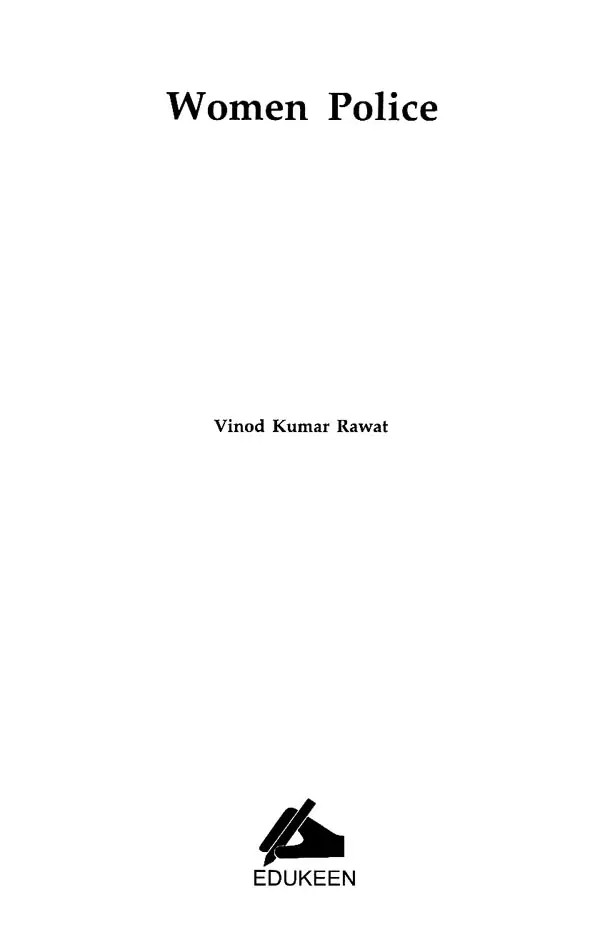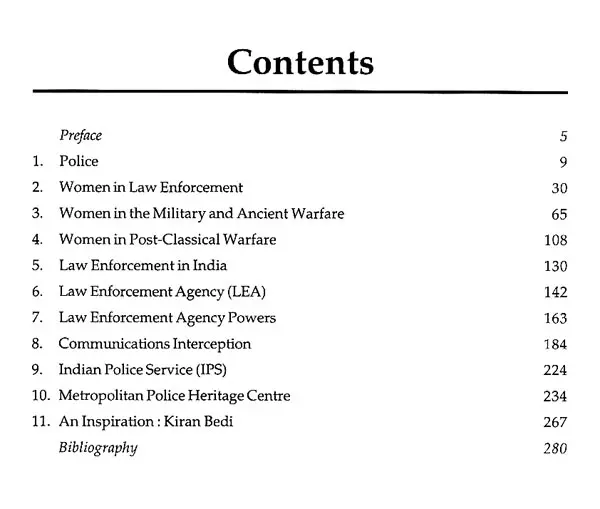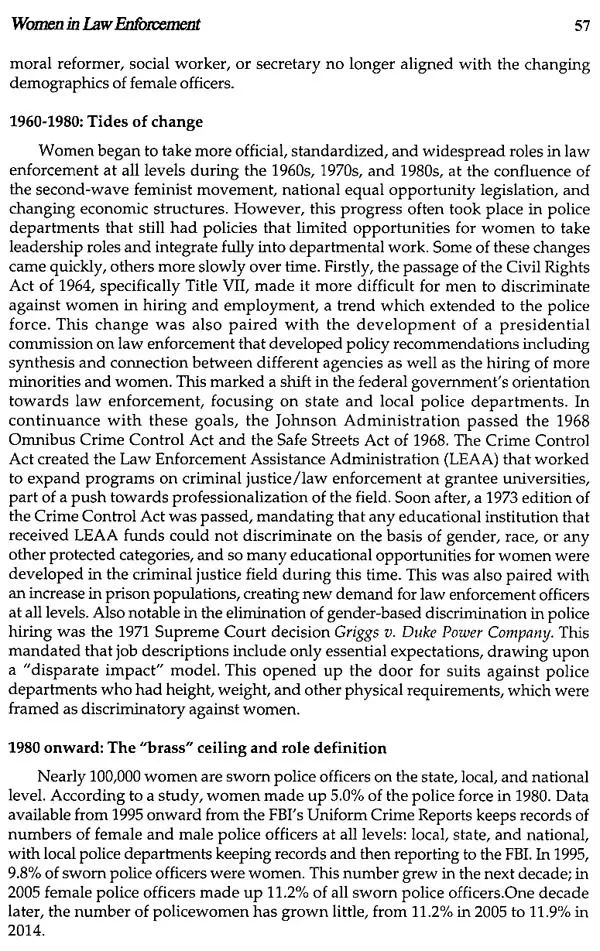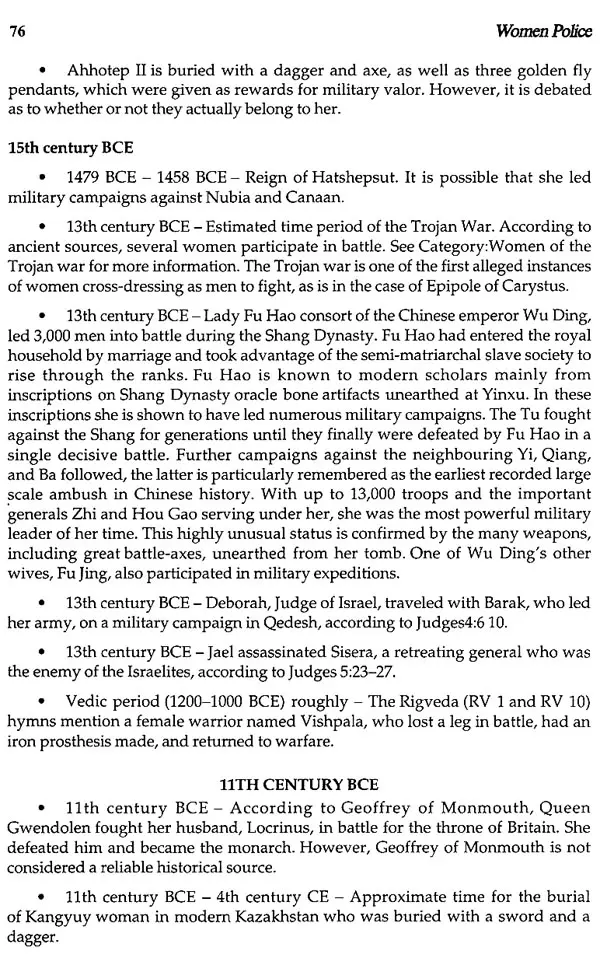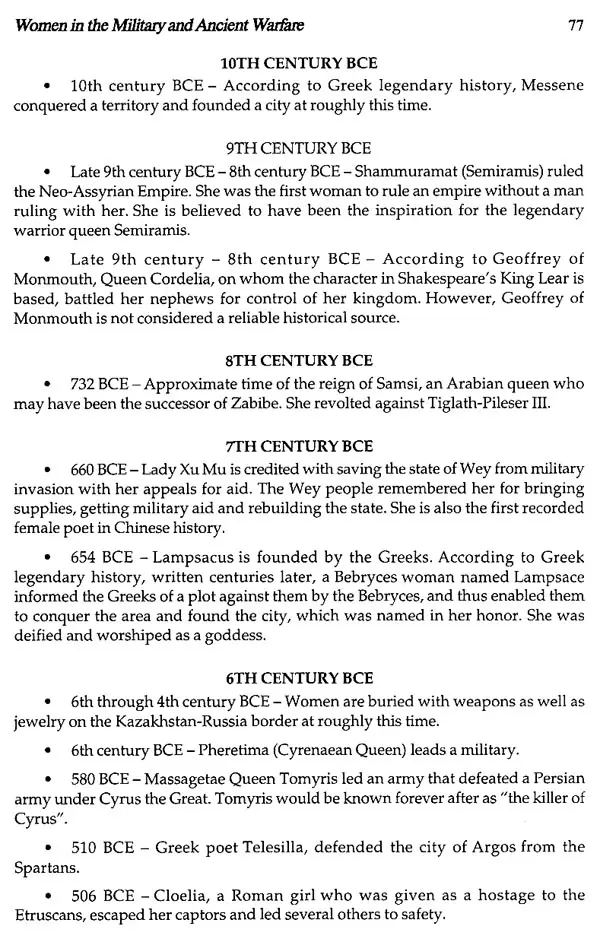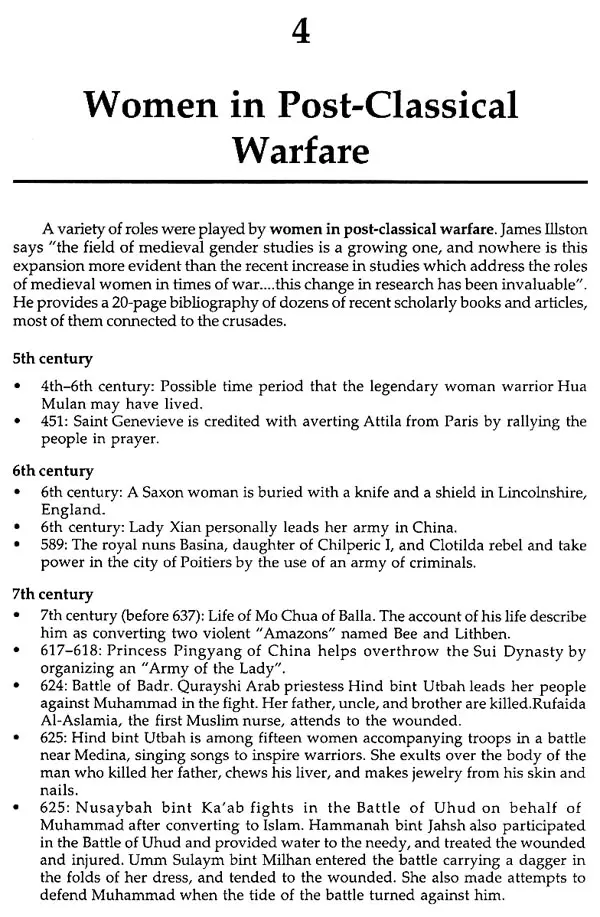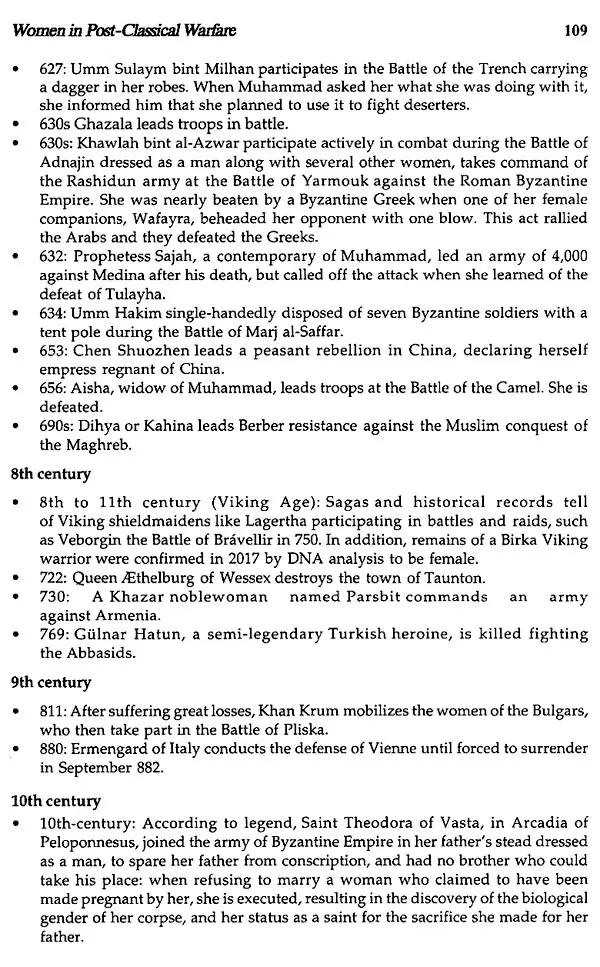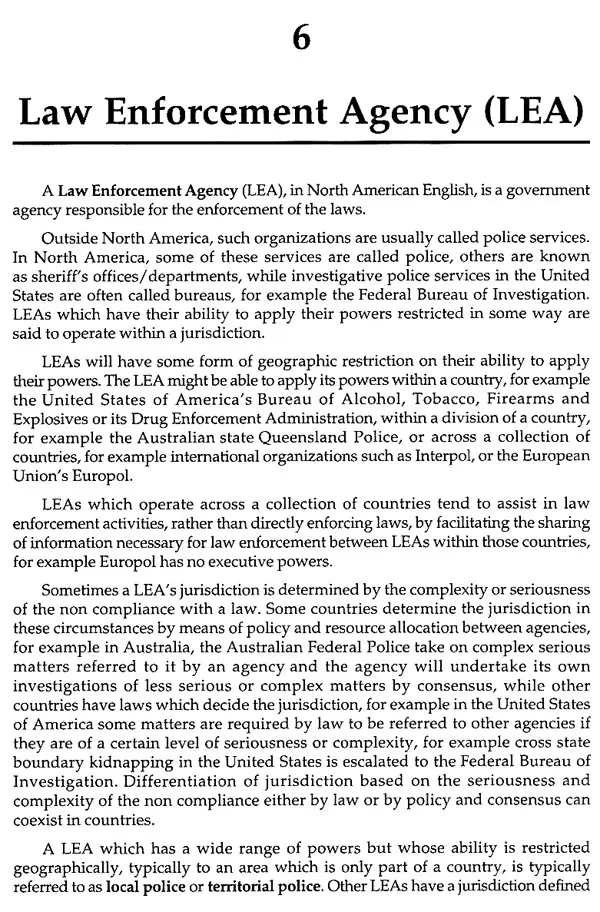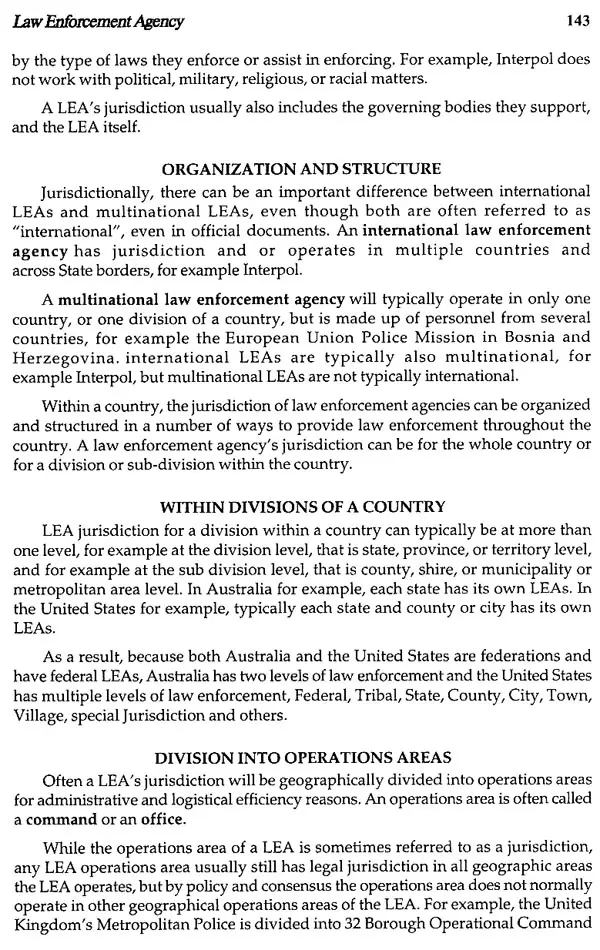
Women Police
Book Specification
| Item Code: | UAR445 |
| Author: | Vinod Kumar Rawat |
| Publisher: | Edukeen Publisher |
| Language: | English |
| Edition: | 2019 |
| ISBN: | 9789389387568 |
| Pages: | 281 |
| Cover: | HARDCOVER |
| Other Details | 9.50 X 6.00 inch |
| Weight | 560 gm |
Book Description
The integration of women into law enforcement positions can be considered a large social change. A century ago, there were few jobs open to women in law enforcement. A small number of women worked as correctional officers, and their assignments were usually limited to peripheral tasks. Women traditionally worked in juvenile facilities, handled crimes involving female offenders, or performed clerical tasks. In these early days, women were not considered as capable as men in law enforcement. Recently, many options have opened up, creating new possible careers. The antecedents of the Women Police are different from those of their male counterparts. It is impossible to separate the campaign for female police officers from its broader feminist context. From the late nineteenth century, feminists and advocates of social purity (those who sought an equal moral standard based on ideas of female chastity and 'correct' sexual behaviour) viewed the creation of a women police officers as central to their aims.
Vinod Kumar Rawat is Associate Fellow Varanasi. He has a PhD from Banaras Hindu University, Varanasi, with specialization in Women empowerment. He has published many articles in journals and chapters in books. His main research areas are urbanization, poverty, health, social exclusion and social protection programmes.
The Integration of Women into Law Enforcement positions can be considered a large social change. A century ago, there were few jobs open to women in law enforcement. A small number of women worked as correctional officers, and their assignments were usually limited to peripheral tasks. Women traditionally worked in juvenile facilities, handled crimes involving female offenders, or performed clerical tasks. In these early days, women were not considered as capable as men in law enforcement. Recently, many options have opened up, creating new possible careers. The antecedents of the Women Police are different from those of their male counterparts. It is impossible to separate the campaign for female police officers from its broader feminist context. From the late nineteenth century, feminists and advocates of social purity (those who sought an equal moral standard based on ideas of female chastity and 'correct' sexual behaviour) viewed the creation of a women police officers as central to their aims.
The searching and care of female suspects in police stations began to be taken over by women in the second half of the nineteenth century. These 'police matrons' were generally the wives of station sergeants. In 1883 a female visitor was appointed by the Metropolitan Police to attend to female convicts on license and women subject to police supervision. Six years later, fourteen women were employed to deal with female prisoners at the police courts. These supervisors were also known as matrons. While the first female police officer was employed on a temporary basis in Portland, Oregon, in the United States in 1905 it took the upheaval of the First World War before any women police officers were appointed in Britain.
**Contents and Sample Pages**
